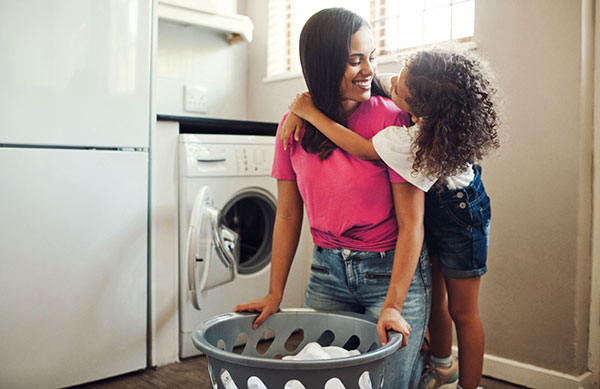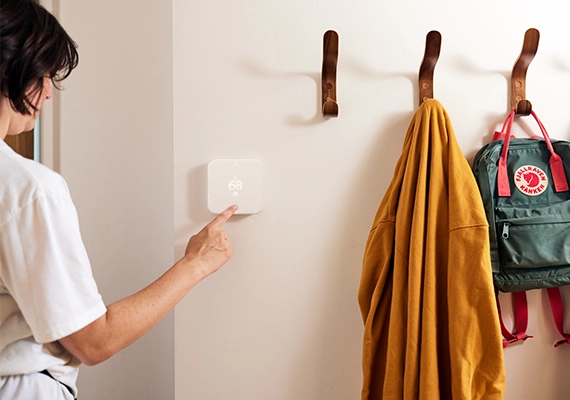-
1Products identified on this page are provided by companies other than Reliant and/or its parent company, NRG Energy, Inc. All questions or complaints concerning these products should be directed to their respective manufacturer. Neither Reliant nor its parent company, NRG Energy, Inc., is in any way affiliated with these manufacturers, and makes no representations or warranties of any kind with respect to the products or services of these companies.
2Consumer Affairs https://www.consumeraffairs.com/homeowners/gas-vs-electric-appliances.html
3ENERGY STAR https://www.energystar.gov/products/appliances/clothes_dryers
4ENERGY STAR https://www.energystar.gov/products/appliances/clothes_washers
5ENERGY STAR https://www.energystar.gov/products/dishwashers
6ENERGY STAR https://www.energystar.gov/products/refrigerators
7U.S. Department of Energy https://www.energy.gov/energysaver/reduce-hot-water-use-energy-savings
8U.S. Department of Energy https://energy.gov/energysaver/tankless-or-demand-type-water-heaters
9U.S. Department of Energy https://www.energy.gov/energysaver/lighting-choices-save-you-money
10https://www.efficientwindowcoverings.org/understanding-window-coverings/exterior-solar-screen
11https://www.abchomeandcommercial.com/blog/how-energy-efficient-are-solar-screens/





































